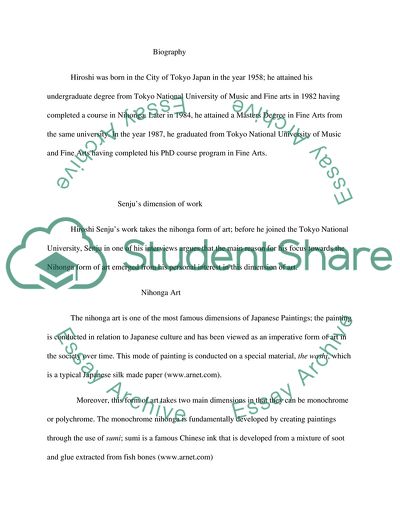Cite this document
(Hiroshi Senju as One of the Renowned Japanese Artists Report, n.d.)
Hiroshi Senju as One of the Renowned Japanese Artists Report. https://studentshare.org/visual-arts-film-studies/1788176-hiroshi-senju
Hiroshi Senju as One of the Renowned Japanese Artists Report. https://studentshare.org/visual-arts-film-studies/1788176-hiroshi-senju
(Hiroshi Senju As One of the Renowned Japanese Artists Report)
Hiroshi Senju As One of the Renowned Japanese Artists Report. https://studentshare.org/visual-arts-film-studies/1788176-hiroshi-senju.
Hiroshi Senju As One of the Renowned Japanese Artists Report. https://studentshare.org/visual-arts-film-studies/1788176-hiroshi-senju.
“Hiroshi Senju As One of the Renowned Japanese Artists Report”. https://studentshare.org/visual-arts-film-studies/1788176-hiroshi-senju.


